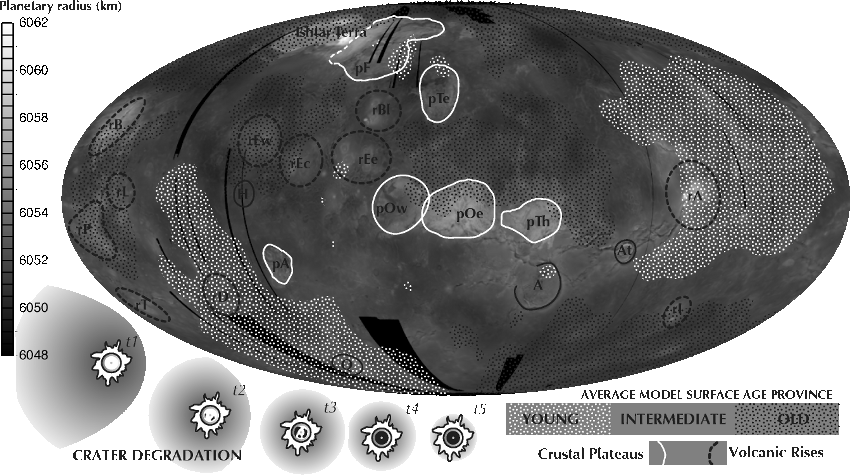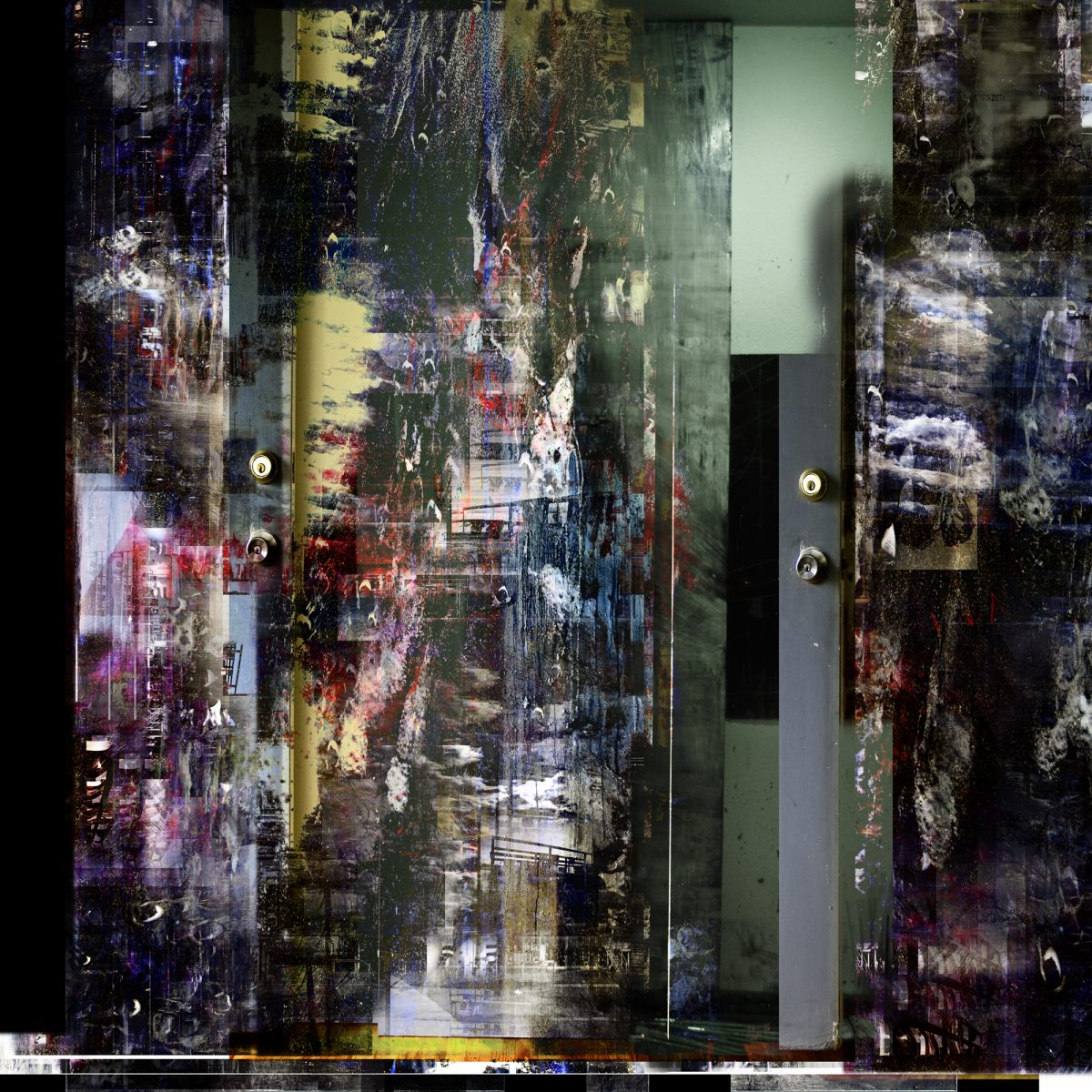


“These observations are close to the limits of the spacecraft’s capabilities and it was extremely difficult to make these detections with Venus’ thick clouds impairing the view,” says co-author Wojciech Markiewicz. This process can bring hot material to the surface, where it may be released through fractures as a lava flow. Rift zones are results of fracturing of the surface, which is often associated with upwelling of magma below the crust. The hotspots are found along the Ganiki Chasma rift zone close to the volcanoes Ozza Mons and Maat Mons. It is the most tantalising evidence yet for active volcanism.” “These four ‘hotspots’ are located in what are known from radar imagery to be tectonic rift zones, but this is the first time we have detected that they are hot and changing in temperature from day to day. “We have now seen several events where a spot on the surface suddenly gets much hotter, and then cools down again,” says Eugene Shalygin from the Max Planck Institute for Solar System Research (MPS) in Germany, and lead author of the paper reporting the results in Geophysical Research Letters this month. Now, using a near-infrared channel of the spacecraft’s Venus Monitoring Camera (VMC) to map thermal emission from the surface through a transparent spectral window in the planet’s atmosphere, an international team of planetary scientists has spotted localised changes in surface brightness between images taken only a few days apart. Although changes in wind patterns could have caused this, the more intriguing possibility is that episodes of volcanic activity were injecting vast amounts of sulphur dioxide into the upper atmosphere. These flows were found to be less than 2.5 million years old, but the study could not establish whether there is still active volcanism on the planet.Īn additional piece of evidence was reported in 2012, showing a sharp rise in the sulphur dioxide content of the upper atmosphere in 2006–2007, followed by a gradual fall over the following five years. They interpreted this as coming from relatively fresh lava flows that had not yet experienced significant surface weathering. It wasn't really a bug, Pixi had these defines swapped back in 1.1.0.In a study published in 2010, scientists reported that the infrared radiation coming from three volcanic regions was different to that from the surrounding terrain. KNIGHT OF TIME UPDATE: Now has the GFX and a palette file included.įixed extended_y/x_speed usage. cfg files based on the plants they represent since pva(number).cfg would not be helpful for users who don't know much about extra property bytes

TESSERA VENUS CODE
(Both of them are combined with the extra bit.) The graphics routine isn't really disassembled, though I did code that part myself. Oh, and I also included a disassembly of the original Piranha Plant.

cfg files are included because of the extra bit. You can basically get 48 different sprites out of this thing, although only 24. (Well, okay, it doesn't include novelties like the Shower Venus or whatever it's called.) All you have to do is change the extra property bytes. Green, red, short-stemmed, sideways, upside-down, spitting 1 fireball, spitting 2 fireballs, you name it. Bindschadler and Head, 1991 Ivanov and Head, 1996 Hansen and Willis, 1996, Hansen and Willis, 1998). This is a Piranha Plant or Venus Fire Trap.BUT! it can act like any one you choose. Tessera terrain on Venus is defined by a distinctive, multi-component structural fabric, commonly spatially correlated with crustal plateaus and related lowland inliers (e.g. Link Show random Submission Details Name:


 0 kommentar(er)
0 kommentar(er)
